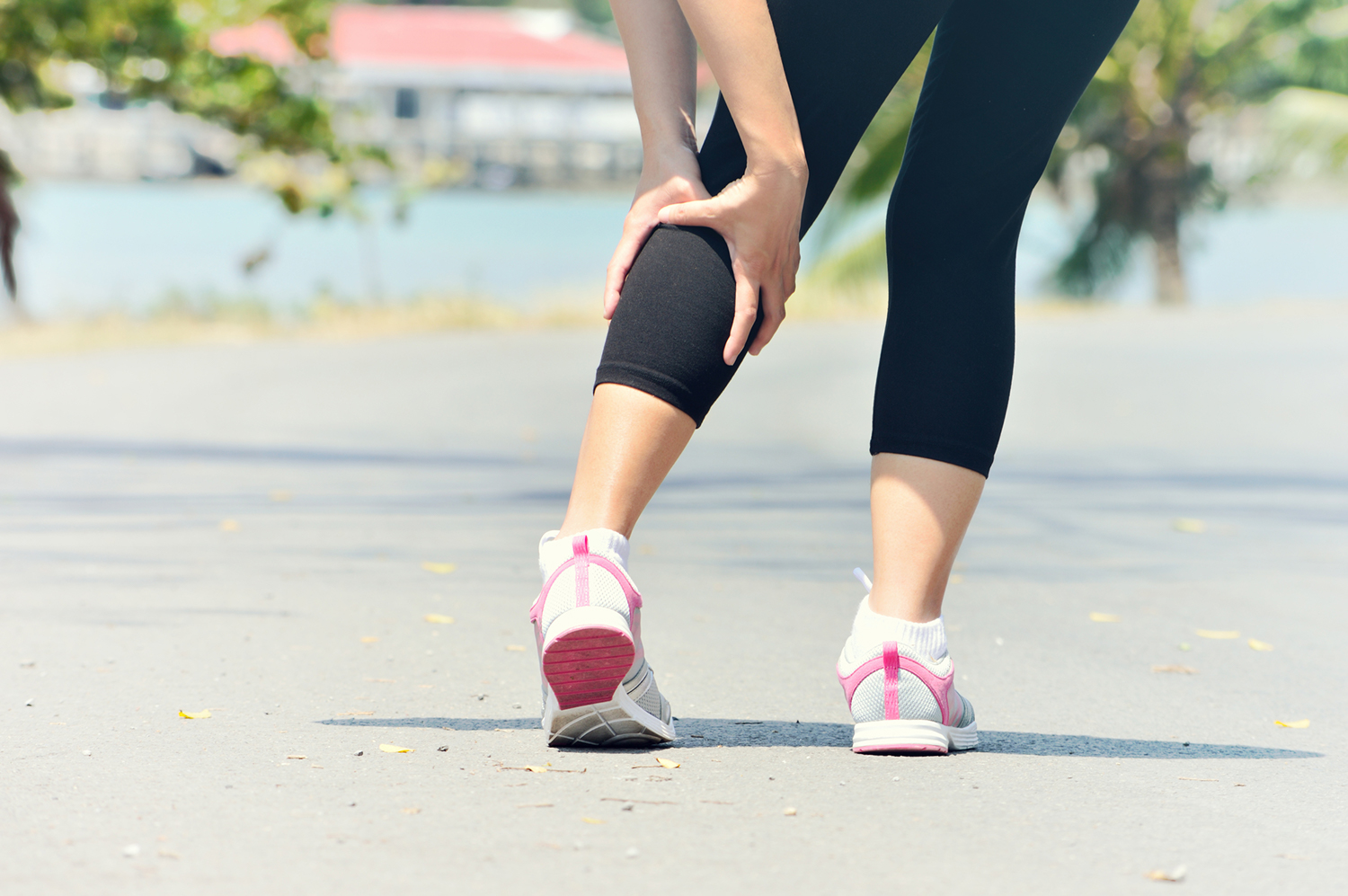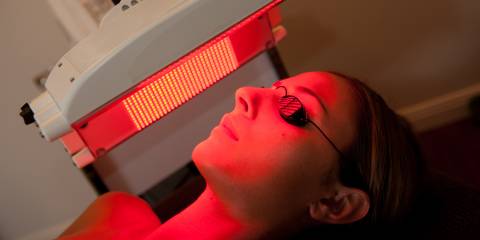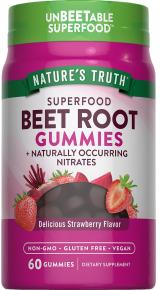We all have them from time to time—sudden cramps that hold muscles tightly locked and unable to respond to our frantic efforts to release them. Muscle cramps can be anything from a slight tic or twinge to the most agonizing pain, last from a few seconds to 15 minutes or longer, and occur just about anywhere in the body. Their main symptoms include sudden, sharp pain accompanied by muscle contractions, creating a lump of tissue that may be visible under the skin, feels hard to the touch, and may twitch.
Types of Muscle Spasms
In the back of the lower leg, this kind of spasm is called a “charley horse.” Alongside the rib cage, it’s a “stitch in the side.” In the thumb and first two fingers of your writing hand, it’s “writer’s cramp.” Other common locations for severe muscle spasms include the quadriceps (front of the thigh), hamstrings (back of the thigh), and any muscle that is strained or held in the same position for an extended time, even toes squeezed into high-heeled shoes.
While some cramps coincide with active exercise, others occur in the legs and toes during sleep. Cramps can develop toward the end of intense or prolonged workouts, but they can also occur four to six hours later.
What Causes Muscle Cramps?
According to the Mayo Clinic in Rochester, Minnesota, most cramps are caused by overuse of a muscle from strain or by repeatedly holding a position, as well as from dehydration or injury. Leg cramps can result from insufficient blood circulation, nerve compression, and mineral depletion.
“You can really see these problems come together in high school football games,” says James Kotorac, DC, a New York chiropractor whose practice focuses on muscle work and sports injuries. “Here are kids exerting themselves, sweating, getting dehydrated, losing essential minerals—and their diets are deficient in minerals to begin with—then all through the second half of the game, you see their coaches and trainers dealing with the cramps and spasms that result.”
Treating Cramps and Spasms
Nutritional Solutions for Muscle Spasms
Magnesium is the number-one muscle relaxer, and a lack of this mineral contributes to cramping, tightness, and aching. The main sources of magnesium include whole grains, almonds and other nuts, legumes, and leafy greens. The magnesium dose usually advised for optimum health is 250 mg twice daily, but athletes and others under stress may need more. “If your legs cramp at night,” says Dr. Kotorac, “you would probably benefit from additional magnesium at bedtime.”
“Magnesium is not well represented in the American diet,” he explains, and it may be hard to supplement because this mineral may cause diarrhea. “Fortunately, this side effect is less likely with magnesium gluconate and with the forms of magnesium used in better-quality sports drinks.” He recommends a sports drink that contains magnesium but not creatine, an amino acid that contributes to dehydration.
Calcium is necessary for muscle and nerve relaxation, and potassium helps prevent cramping. James Balch, MD, recommends 500 mg calcium twice daily and up to 300 mg potassium daily. Patients using blood pressure medication, he notes, should consult their physicians before taking supplemental potassium.
Minerals aren’t the only supplements that help avert cramps. In a 2006 study, Pycnogenol, French pine bark extract, significantly reduced muscular pain and cramps in athletes and others who had experienced normal cramping or had venous insufficiency. A daily dose of 200 mg Pycnogenol lessened muscle spasms by 13 to 40 percent. In a second study, patients with diabetic microangiopathy (a disorder of the smallest veins, commonly associated with diabetes) and claudication experienced a 20 to 21 percent reduction of pain associated with cramps. Participants taking a placebo had no pain relief.
Prevent Cramping with Proper Stretching
To prevent cramping, most experts recommend a warmup period of gentle exercise prior to your workout regimen, followed by stretches that target specific muscles. To stretch calf muscles: From a standing lunge with both feet pointed forward, straighten the rear leg and then repeat with the opposite leg. For a hamstring muscle stretch: Sit with one leg folded in and the other straight out, foot upright, with toes and ankle relaxed. Lean slightly forward and touch the foot of the straightened leg. Repeat on the opposite side. To stretch the quadriceps: While holding onto a chair for balance, bend your knee back by grasping your ankle with one hand, bringing it back as far as possible; maintain this position for 30 seconds; repeat exercise 10 times with each leg.
“Stretches should never be performed on cold muscles,” warns Dr. Kotorac. “The best time for deep stretching is immediately after your workout or activity, when your muscles are engorged with blood. Start with a warmup walk or jog, stop and stretch cramp-prone muscles, do your workout or go for your long walk or whatever, and then do your serious stretching. People who do their stretching at the wrong time, while muscles are cold and tight, or who don’t do any stretching at all, are inviting cramps and spasms.”
Massage Helps, Too
Even at their worst, muscle cramps can usually be treated with massage and aromatherapy. Some massage oils contain antispasmodic essential oils, such as black pepper, sweet marjoram, geranium, lavender, cypress, and thyme. Massaging the legs vigorously while using a blend of these essential oils will effectively relieve cramps. Another pain-relieving essential oil is peppermint, which can be applied to muscle spasms and other injuries to relieve cramping and pain. For topical application, blend 10 to 20 drops peppermint oil in one teaspoon of jojoba, almond, or other vegetable oil.





